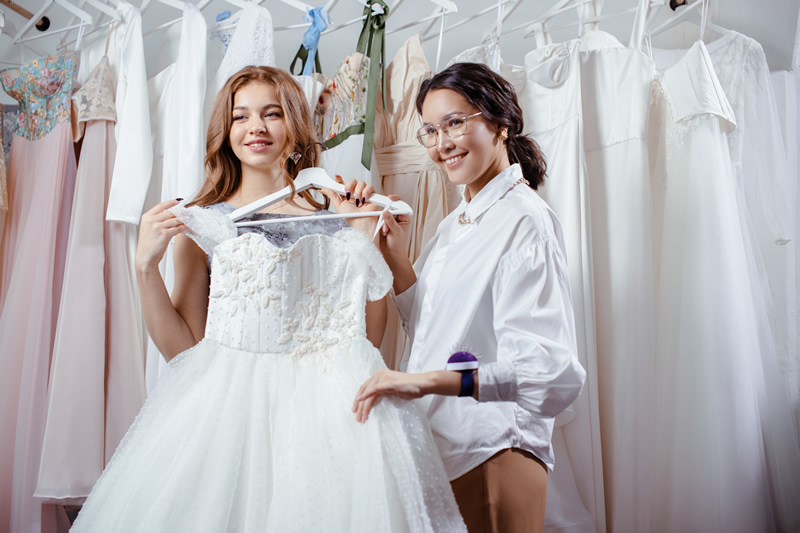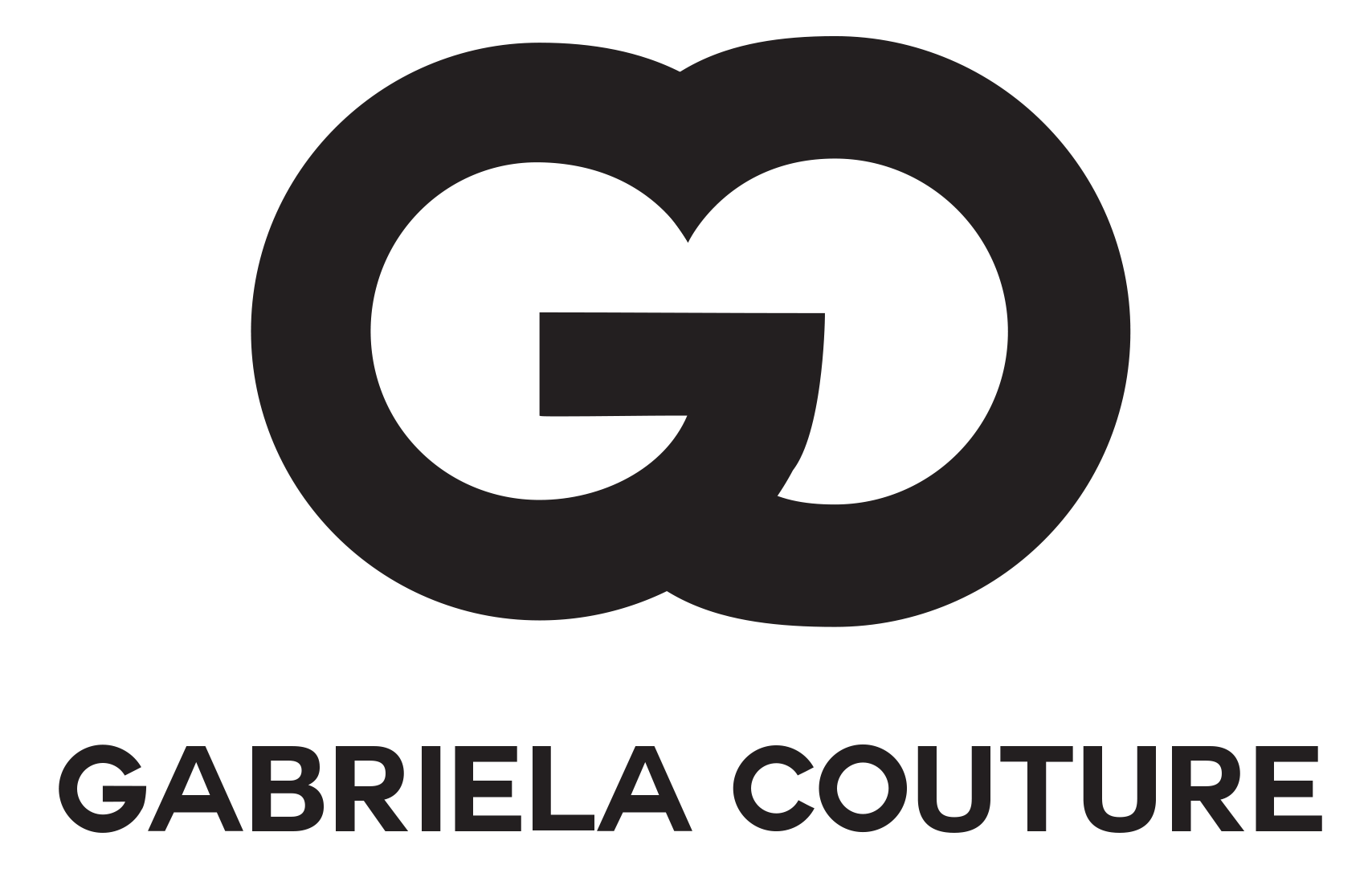
Tips for Wedding Dress Alterations and Bridal Fittings
Congrats! You’ve found your dream wedding dress, but that doesn’t mean the process is over just yet—you’ve got to get that gorgeous gown fitted perfectly to you and your shape. Whether your wedding dress needs just a simple hemming, a bustle added, or needs to be completely resized, we’ve got the expert tips for wedding dress alterations that you need to know. Not sure what the process entails or what exactly your wedding dress fitting timeline should be? Don’t fret! We’re answering all your burning questions with our own tips for wedding dress alterations, plus the wedding dress fitting etiquette you need to know.
Here are our top tips for wedding dress alterations and fittings.
Your wedding dress probably needs to be altered no matter what.
Wedding dresses aren’t typically made-to-measure, so very rarely does a bride’s size match a designer’s size perfectly. After you select your dream wedding dress, the bridal salon compares your measurements to the designer’s size chart and orders the closest size of gown. Once it arrives, the dress must then be tailored precisely to fit your shape and form.
Schedule not just one, but three dress fittings.
Bridal salons usually recommend that brides have three wedding dress fittings. Schedule your first fitting to take place two to three months before your wedding day, the second fitting about a month before your wedding, and your final fitting at the two-week mark. Typically, your gown goes home with you at the final fitting—hooray!
Ask your bridal salon about in-house services.
One of the must-follow tips for wedding alterations is to ask your bridal salon if they offer alteration services in-house—a luxury that will definitely help you stay within your wedding dress fitting timeline. But if they don’t, don’t panic! Your salon will likely be able to recommend a few tailors who specialize in wedding dress alterations.
Bring the right bridal accessories.
For your first fitting, bring the shoes and undergarments you plan to wear on your wedding day, as these can greatly impact the fit of your gown. Donning a pair of sky-high Badgley Mischka stilettos will require your wedding dress to be a different length than if you opted for a pair of sparkly Kate Spade bridal sneakers. Another pro tip for wedding dress alterations? To ensure your dress is tailored to the exact fit you want while walking down the aisle, wear any and all shapewear or undergarments you plan to sport on the big day itself.
Don’t freak out if your wedding dress doesn’t fit perfectly at first.
During your first fitting you get to try on your actual wedding dress for the first time (woo hoo!). But be prepared—it probably won’t fit. Be direct with your seamstress about how you envision your dress looking and feeling, and if there are any significant changes you want to make, such as adding illusion lace sleeves or altering the neckline. Also, don’t be afraid to ask your seamstress questions. One of our major tips for wedding dress alterations is to be open and honest about what you want in your bridal look.
Speak up if your dress still doesn’t feel right at the second fitting.
Your seamstress will do everything in her power to make sure your dress fits, so speak up if something doesn’t feel right. Being vocal will help you avoid having to book more fittings, which will ultimately allow you to stick to that wedding dress fitting timeline.
Be selective when choosing your entourage.
It’s proper wedding dress fitting etiquette to bring only one or two close friends or family members to get a second opinion. But just like dress shopping, don’t bring too many people—all those opinions will stress you out and make the tailor’s job that much more difficult. At the last fitting, bring your mom or maid of honor to get a tutorial in bustling your gown—they’ll need to handle this important task on your wedding day.
Include dress alterations in your wedding budget.
Be sure to factor wedding dress alterations into your overall budget. While they vary from dress to dress, alterations can cost upwards of several hundred dollars. This means the more you plan on customizing a dress, the more you’ll spend.
